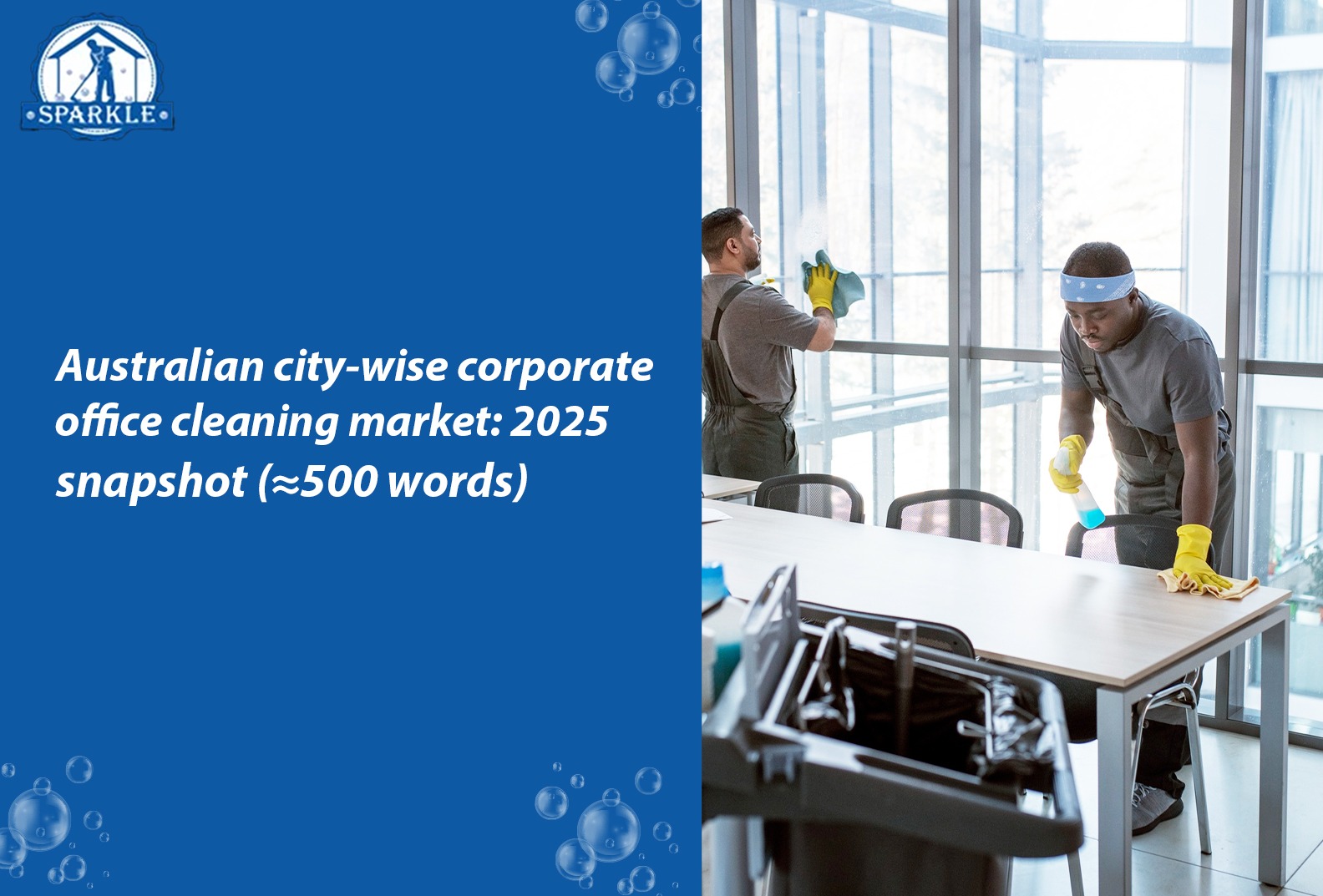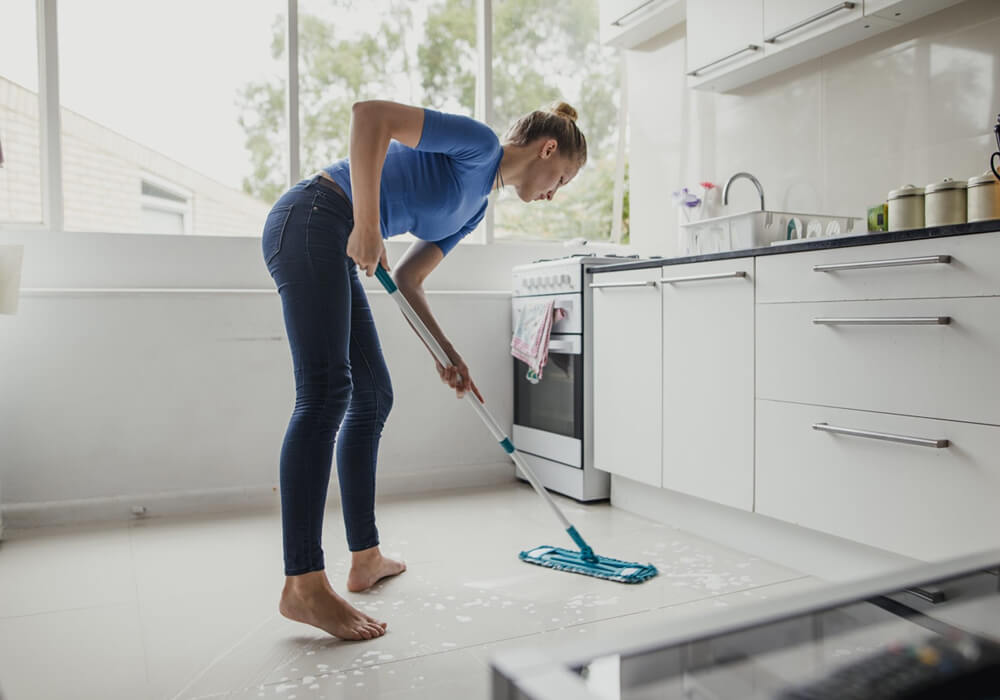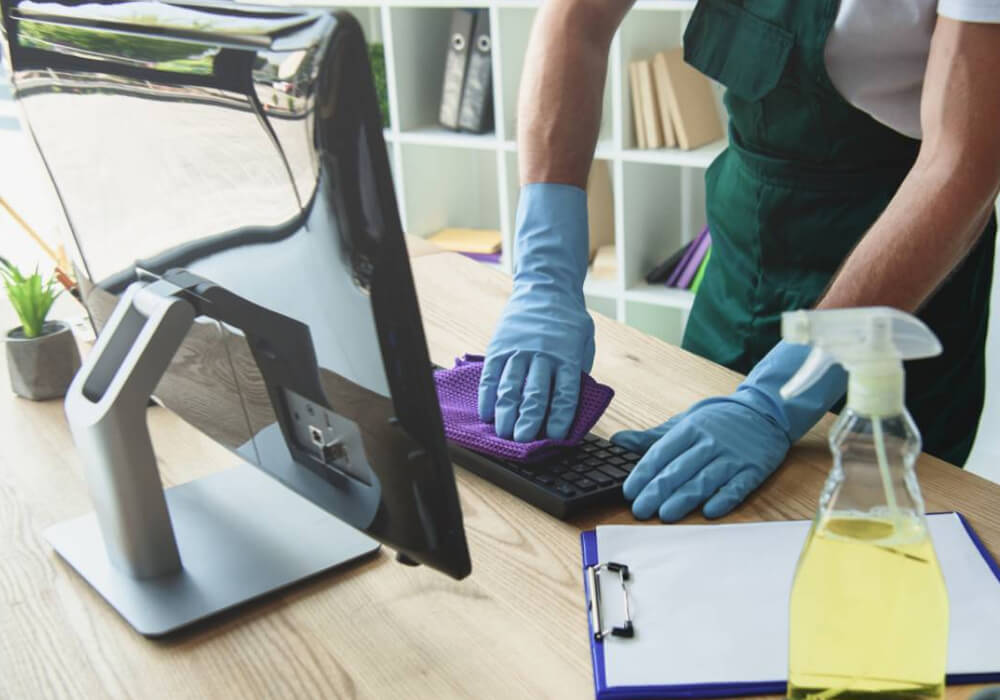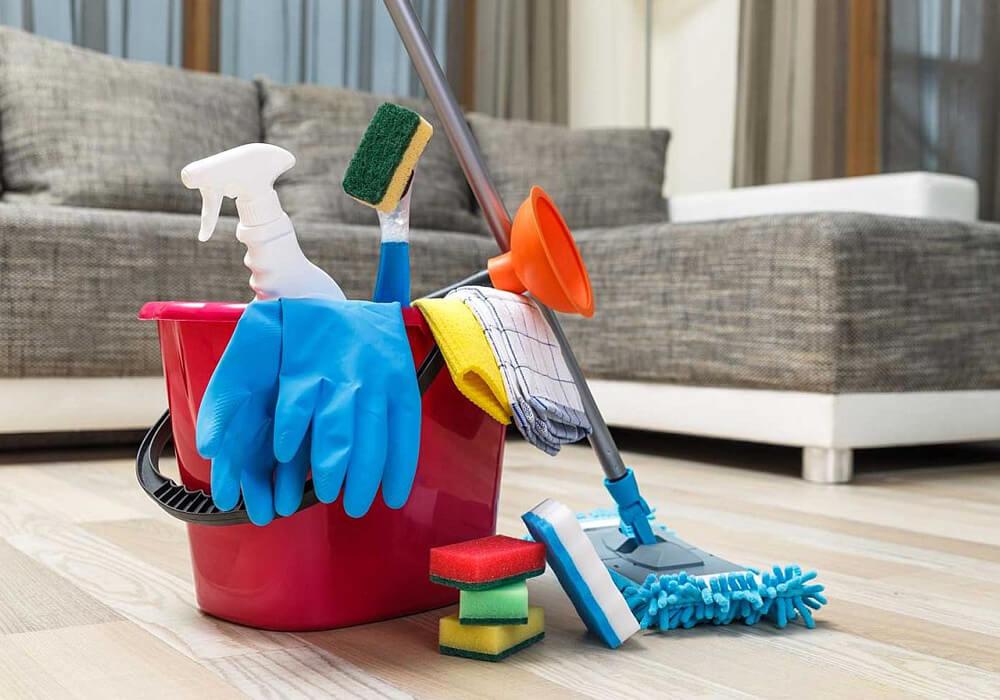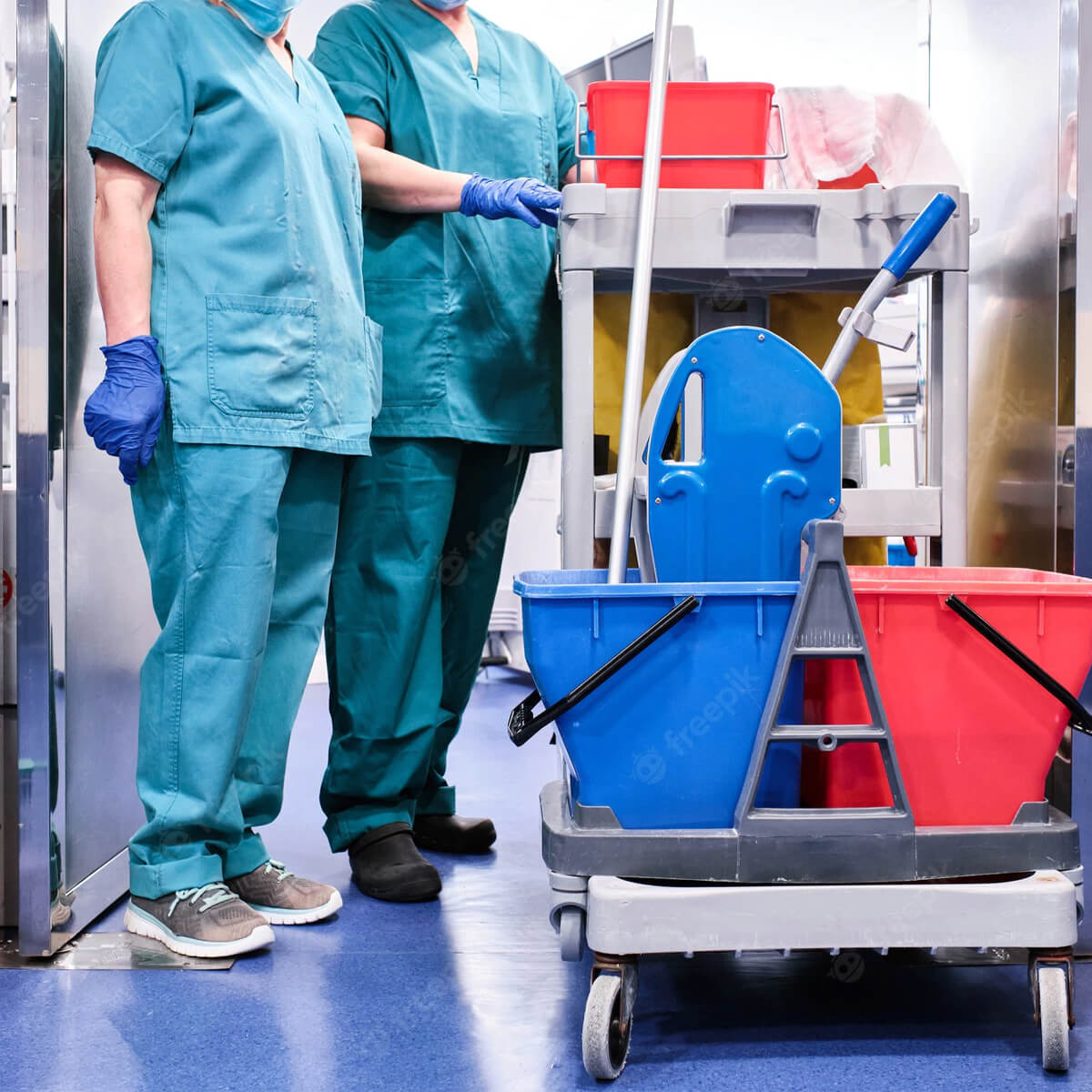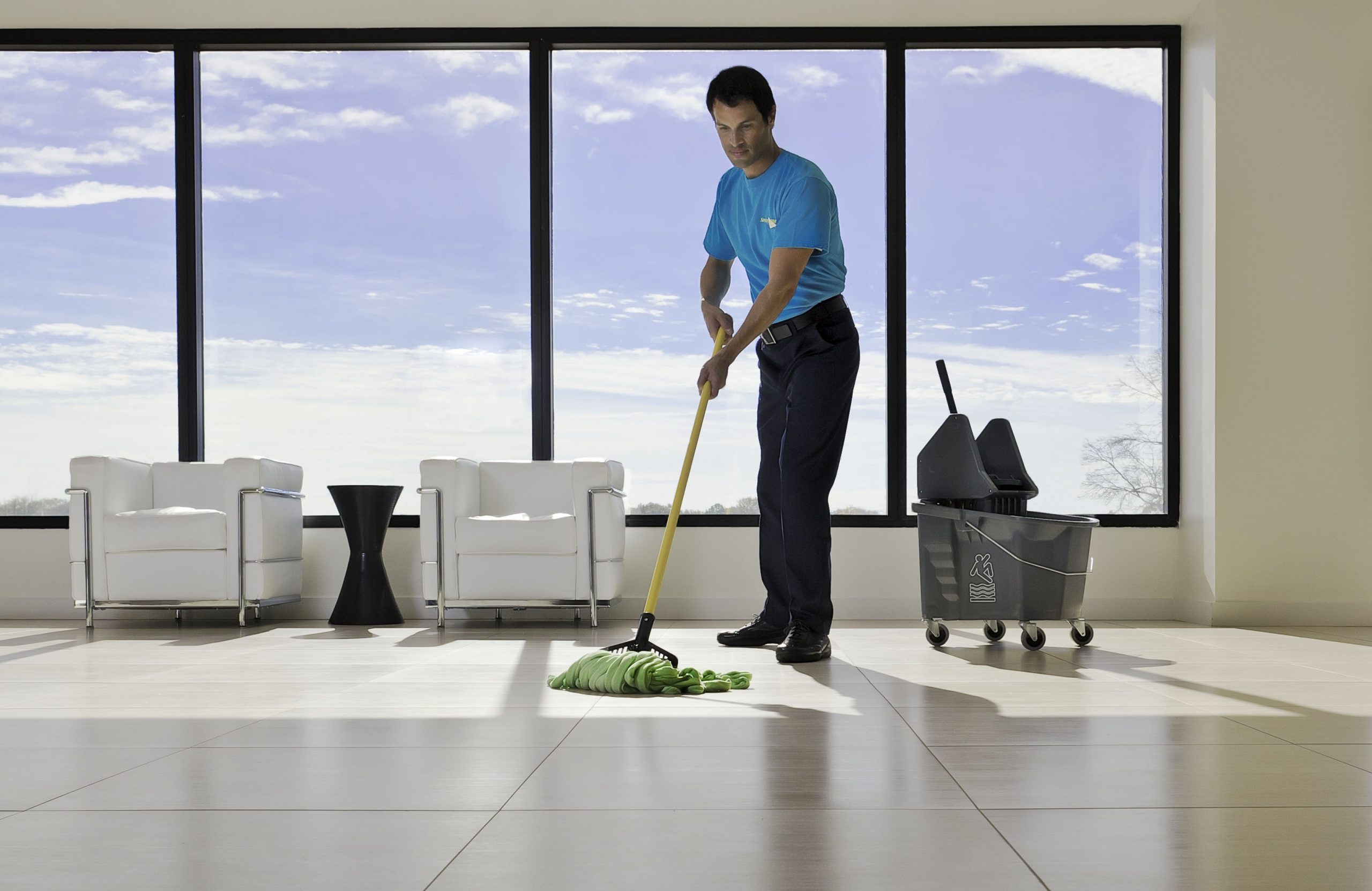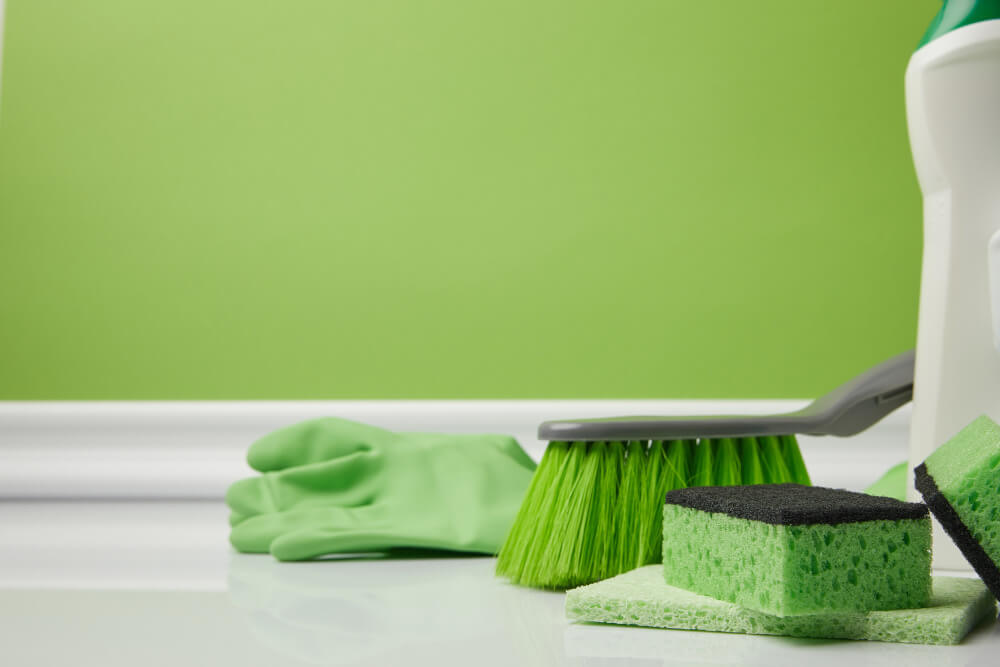20 August 2025
Australian city-wise corporate office cleaning market: 2025 snapshot (≈500 words)
Australia’s corporate office cleaning market remains resilient in 2025, underpinned by hygiene expectations set during COVID and ongoing “flight-to-quality” leasing. Market researchers value commercial cleaning services in Australia at about USD 13.25 billion in 2024, projecting ~5.9% CAGR through 2034—a steady runway for corporate office cleaning services providers.
What’s shaping demand
Two real-estate forces matter most for cleaners this year: (1) elevated office vacancies and (2) premium assets winning tenants. National office vacancy has pushed to a ~30-year high around 15% as hybrid work persists; vacancies are higher in suburban markets than CBDs. This means fewer five-day cleans in weaker buildings, but more project/periodic work (end-of-lease, deep cleans, make-good).
At the same time, leasing demand is concentrating in prime/A-grade towers, which typically carry higher cleaning specs (Green Star/NABERS-aligned regimes, day porter models, waste separation, indoor air quality tasks). Analysts at CBRE and others note prime assets outperform while secondary lags—good news for corporate cleaning companies that service premium portfolios.
City snapshots (and cleaning implications)
Sydney – CBD vacancy ended 2024 at ~12.8% and nudged higher in Q2-2025 (~13.1%). With limited new premium supply ahead, tenants are clustering in better buildings, supporting higher-value contracts (day cleaning, daytime washroom attendants, sustainability reporting). Expect uplift in end-of-lease cleans as ~2 million sqm of leases roll across 2026-2028.
Melbourne – Mixed picture: some precincts (e.g., St Kilda Road) still soft, but Docklands/CBD prime is stabilising as occupiers trade up. Flight-to-quality continues, favouring providers with ISO systems, ESG reporting and agile staffing for variable daily occupancies.
Brisbane – Vacancy has risen versus mid-2024, but premium space remains comparatively tight. Cleaning rosters need to flex around hybrid attendance (e.g., heavier mid-week loads, event-based day cleaning).
The Australian
Perth & Adelaide – Limited new supply has helped hold vacancies steadier, and prime assets show healthier absorption. Corporate commercial cleaning contracts in these CBDs increasingly reference sustainability (chemical minimisation, microfibre systems) and visible daytime service levels.
The Australian
Canberra – Government tenancy dynamics still drive volume, with hybrid policies tempering daily frequencies in some assets but keeping strict compliance and security clearances—an edge for established corporate cleaning companies with vetted teams. (Context from national vacancy trends and policy debate on hybrid work).
News.com.au
How corporate clients are buying in 2025
Performance-based SLAs tied to tenant satisfaction, IAQ touch-points and waste diversion. (Trend aligned to prime-asset focus.)
The Australian
ESG & reporting expectations are rising; portfolio owners want auditable chemical use, water/energy impacts and recycling contamination data. (Market growth and sustainability emphasis.)
Expert Market Research
Variable frequency models to match hybrid occupancy—cleaning intensity peaks Tue–Thu; periodic works (carpets, windows) batched quarterly. (Response to elevated vacancy/hybrid).
The Australian
Outlook for corporate office cleaning services
Despite soft secondary offices, the overall cleaning market is expanding with mid-single-digit growth expected through the decade. Providers positioned in CBD prime towers—and able to swing between daily presentation cleaning and project work—will outgrow the market. Expect more tenders bundling day cleaning, hygiene tech (sensors/people counters), and sustainability reporting, especially in Sydney/Melbourne as major lease expiries trigger relocations and fit-outs.

